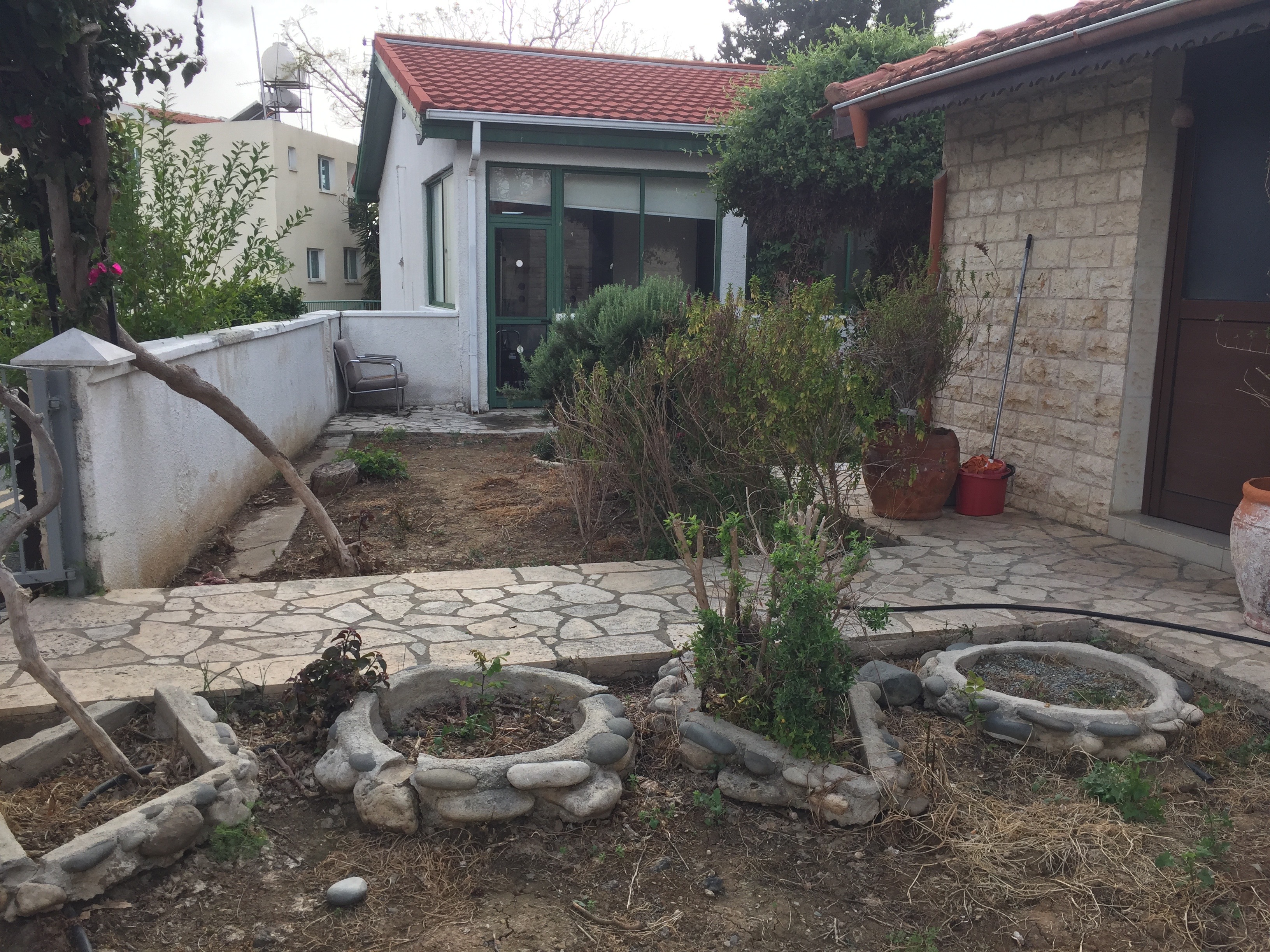Cyprus has recorded the highest ratio of departures to arrivals among EU member states in 2024, with a rate of 179 per cent.
A total of 10,941 people left the country in the same year, according to figures released during a press conference by Interior Minister Constantinos Ioannou and Deputy Immigration Minister Nicholas Ioannides.
The officials detailed the government’s migration strategy, aimed at reversing Cyprus’ previously negative image in migration management. They warned, however, that the issue remains complex and influenced by external factors.
Ioannou noted that Cyprus, like other Eastern Mediterranean EU nations, had faced extreme pressure from irregular migration. He pointed to the record 21,565 asylum applications and 17,280 arrivals in 2022, with 95 per cent of migrants entering through the Green Line from Sub-Saharan Africa.
Overcrowding at the Pournara reception centre, which at one point exceeded 3,000 residents (three times its capacity) further underscored the crisis. In response, the government adopted a strategy focused on four key areas: reducing arrivals, speeding up asylum application processing, improving infrastructure and increasing deportations and voluntary returns.
To curb arrivals, diplomatic efforts with Turkey sought to improve checks at Istanbul airport to prevent transit visas to the north from where migrants would cross the buffer zone. The government also launched awareness campaigns in Sub-Saharan Africa to deter irregular migration. Domestically, enforcement of workplace inspections and immediate termination of benefits for rejected applicants were intensified.
Processing times for asylum applications were significantly reduced, dropping from 12-24 months to just one to three months. Meanwhile, voluntary return schemes were revised to include financial incentives ranging from €1,000 to €1,500 per person.
Ioannou highlighted that more migrants have been leaving Cyprus than arriving for the first time in history. He noted that 8,213 third-country nationals voluntarily returned in 2024, compared to 4,636 in 2022. Between the beginning of the Christodoulides government and the end of 2024, a total of 18,055 third-country nationals departed.
EU officials have commended Cyprus’ return policy, with European Commissioner Ylva Johansson and the vice-president of the European Commission praising the island’s efforts as a model for other EU states.
The deputy minister also reported increasing interest from Syrian nationals in withdrawing asylum claims or relinquishing refugee status. Since December 9, 2024, an average of 40 Syrians per day have requested to return home, with 755 already departing.
Ioannides anticipated that repatriation numbers would rise further if stability in Syria improved. However, he stressed that forced returns remain impossible without EU-level consensus on Syria’s security conditions.
Asylum applications dropped by 69 per cent between 2022 and 2024, with applications from African nationals decreasing by over 85 per cent. The number of irregular maritime arrivals, mainly from Syria, also fell to zero since May 2024 due to new government policies.
The Pournara centre saw its population decrease by 90 per cent, from a peak of 3,145 in 2022 to just 274 in 2024. The completion of a new pre-removal centre with a capacity for 1,000 people is expected to further support migration control measures.
While celebrating the government’s success, Ioannou cautioned that ongoing vigilance is essential. The aim, he said, is not just to reduce numbers but to ensure a sustainable and efficient asylum system that serves those genuinely in need of protection.







Click here to change your cookie preferences